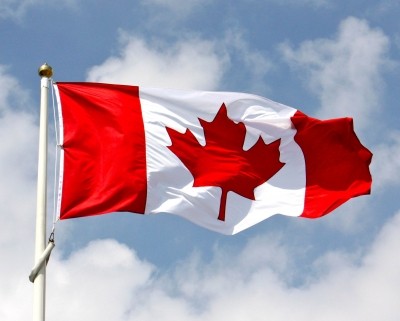UK, Australia, Canada offer CROs R&D tax credits, E&Y says

For CROs, Australia, the UK and Canada offer the best R&D tax incentives, while in other countries, such as the US and China, CROs are ineligible for the credits.
“R&D structured properly between countries and between pharmaceutical companies and CROs can optimize the combined credits for all parties and reduce overall global costs,” E&Y says, noting that shifting more work to CROs as well as changing the locations where research is performed can change how credits are earned.
Australia
The Australian R&D incentive provides tax offsets of 40% or 45%, depending on the company size, and payments by Australian pharmaceutical companies to CROs for R&D are generally eligible for the offsets, E&Y says. However, the consultancy also notes that since CROs “rarely meet the IP ownership requirements, it is rare for CROs to make claims for the incentives.”
UK
As for the UK, there are two R&D revenue schemes running concurrently, one of which gives large companies an additional 30% deduction in the calculation of their taxable income for qualifying R&D expenditures, while another 225% super-deduction is also available to certain small and medium-sized enterprises.
“There is no requirement that the claimant must own the IP, nor does the work have to be performed within the UK, although the R&D tax incentives are only available to the ‘performer’ of the research,” E&Y says.
However, payments made by UK pharma companies to CROs (foreign or domestic) to “perform” R&D cannot earn the incentives. CROs, though, can potentially claim the benefit instead.
Canada
The Canadian incentive comprises a 15% non-refundable federal tax credit on eligible expenditures. Generally, E&Y says, the work must be undertaken in Canada, but payments by a Canadian pharma company to a Canadian CRO “are generally eligible.” CROs also can claim the credit on R&D expenditures if the funding is received from a foreign client or if they encounter cost overruns when working for a Canadian client.
China, India, US
For China, CROs would generally not qualify for the R&D incentives, which include a 150% R&D super-deduction, given that they are not funding the pharmaceutical research and do not have IP rights. Similarly, in India, deduction claimants must be able to demonstrate that the expenditure is related to the business of the claimant and they have ownership of the resulting IP, which usually restricts CROs.
The basic US federal research credit rewards businesses for an increase in their spending on research and the work claimed must be done within the US.
A credit can be earned on 65% of the payments made to CROs, where work is done in the US, though CROs who are paid to conduct R&D on behalf of their client generally cannot earn the R&D credit because it’s known as “funded research.”
However, in February, US senators reintroduced a bill that would offer CROs more of a share of the R&D tax credit.







